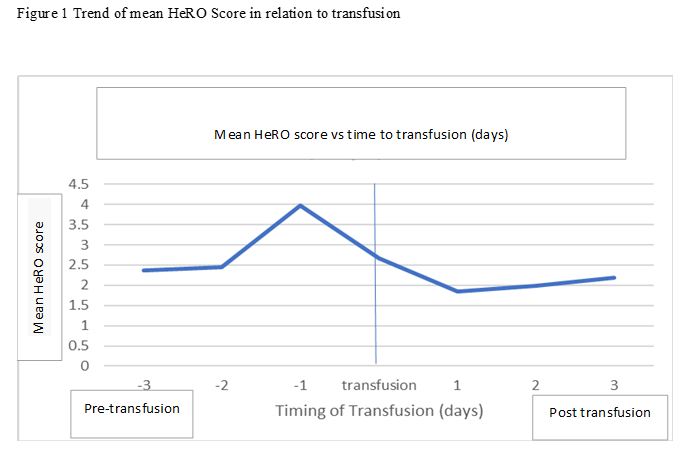Neonatal General
Neonatal General 1: Basic Science and Cardiovascular
259 - Impact of Anemia on Heart Rate Characteristics in Extremely Low Weight Infants (ELBWI)
Friday, April 28, 2023
5:15 PM - 7:15 PM ET
Poster Number: 259
Publication Number: 259.13
Publication Number: 259.13
Gail S.. Cameron, Einstein Medical Center-Philadelphia, Now part of Jefferson Hospital, Ambler, PA, United States; Agnes Salvador, Einstein Medical Center Philadelphia, philadelphia, PA, United States; shanice r. wells, Einstein Medical Center Philadelphia, PHILADELPHIA, PA, United States; Matthew Austin. Smith, Einstein Medical Center Philadelphia, Philadelphia, PA, United States; leilani segura, Einstein Medical Center Philadelphia, PHILADELPHIA, PA, United States; Manuel A. Peregrino, Sidney Kimmel Medical College at Thomas Jefferson University, Philadelphia, PA, United States

Leilani Segura, BA, MD (she/her/hers)
PGY-2
Einstein Medical Center Philadelphia
PHILADELPHIA, Pennsylvania, United States
Presenting Author(s)
Background: Decreased heart rate variability and transient decelerations are both incorporated into the heart rate characteristics (HRC) index or HeRO (Heart rate observation score). Studies show that the HeRO score can predict the risk of clinical deterioration due to sepsis, thus preventing death in ELBWI. Anemia is common in ELBWI and often requires intervention. Tachycardia may be seen with anemia, and we have observed elevations in HeRO scores in anemic ELBWI prior to receiving transfusions. After PRBC transfusion, HeRO scores decrease. Data examining the relationship between anemia and HeRO is lacking.
Objective: To investigate the relationship between HeRO scores and anemia requiring PRBC transfusion in ELBWI.
Design/Methods: IRB approval was obtained for this retrospective cohort descriptive study. EMR review was completed on ELBWIs admitted to a level 3B NICU between 7/2018 and 9/2022. Infants were transfused using a restrictive transfusion guideline. Inclusion criteria were receipt of transfusion ≥ 5 days postnatally, documented HeRO scores for 3 days pre- and post-transfusion, and a negative blood culture within 3 days of transfusion. Mean HeRO scores q 24 hours and q 12 hours for 3 days pre- and post- transfusion, respectively, were obtained. GA, birth weight, sepsis work-up (if done), and if antibiotics were administered, were recorded. All transfusions for a given patient were included if each transfusion was separated by at least 6 days and occurred on DOL 5 or later.
Results: Fifty-one ELBWI were included in the study. Mean birthweight was 755g (+/- 126.9g). Mean gestational age was 25weeks 6 days (+/-1 week 6 days). Each patient had 1-5 transfusions (median 2) for a total of 103 transfusions analyzed. We observed a progressive and significant increase in HeRO scores in the 3 days prior to transfusion (Fig 1). HeRO scores decreased after transfusion, with the greatest decrease seen in the first 24 hours after transfusion. The table shows a comparison of mean HeRO scores pre- and post- transfusion, with associated p-values.
Conclusion(s): This study provides preliminary evidence of an increase in HeRO scores in anemic ELBWI prior to transfusions. After PRBC transfusions, HeRO scores decrease. Increased awareness of the association of anemia with an increasing HeRO score can promote more judicious antibiotic use in ELBWIs. Clinicians should consider anemia when elevated HeRO scores are noted as well as infection.


